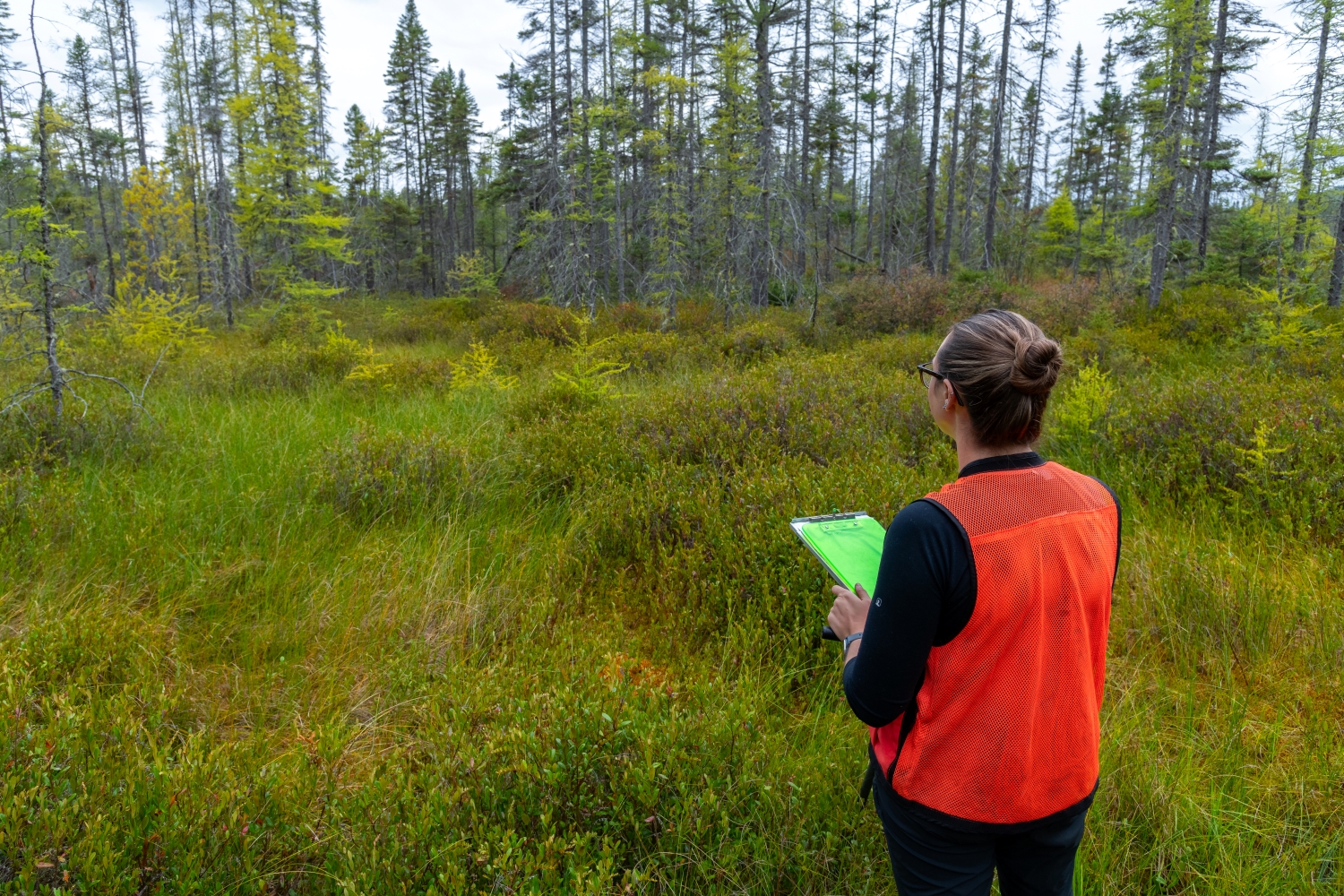Wetlands
Wetlands are among the Adirondack Park’s most valuable natural resources. They provide critical habitat for wildlife, improve water quality, store carbon, and protect communities from flooding. The Adirondack Park Agency (APA) uses science-based decision-making to safeguard these vital ecosystems for future generations.
Why Wetlands Matter
 Wetlands serve as nature’s filters, improving water quality by trapping sediments and pollutants before they reach lakes, rivers, and groundwater. They act as natural sponges, absorbing excess rain and reducing the risk of flooding in nearby communities.
Wetlands serve as nature’s filters, improving water quality by trapping sediments and pollutants before they reach lakes, rivers, and groundwater. They act as natural sponges, absorbing excess rain and reducing the risk of flooding in nearby communities.
Biodiversity is relatively high when compared to other ecosystem types; many rare and endangered species, such as the least bittern and bog rosemary, depend on wetlands for survival. Additionally, wetlands play a significant role in climate resilience by storing carbon in their soils, helping to reduce absorb greenhouse gas emissions. Protecting wetlands means protecting the health, biodiversity, and resilience of the Adirondack Park.
How the Adirondack Park Agency Protects Wetlands
The APA applies rigorous scientific research, mapping, and regulatory oversight to ensure that wetlands remain a thriving part of the Adirondack landscape. The Agency:
- Uses cutting-edge GIS technology to identify and monitor wetlands, ensuring that development and land use planning minimize environmental impacts.
- Provides guidance for landowners and municipalities on responsible land use practices that protect wetlands while allowing for sustainable development.
- Enforces regulations to prevent the loss or degradation of wetlands and their functions, requiring permits for certain activities that may impact these sensitive areas.
- Collaborates with other state agencies, academia, and organizations to improve understanding of wetland functions and how they respond to environmental changes, such as climate shifts and invasive species.
By combining the practical application of research, regulation, and education, the APA helps ensure that Adirondack wetlands continue to provide ecological and community benefits.
What You Can Do to Help
Protecting Adirondack wetlands is a shared responsibility. Here’s how you can make a difference:
Learn to recognize and respect wetlands
- Before beginning any construction or land use activity, check if wetlands may be present and consult APA regulations.Prevent pollution
- Avoid using chemicals, fertilizers, pesticides, and salt near wetlands, and properly dispose of waste to keep water sources clean.Support conservation efforts
- Volunteer with local environmental groups, participate in wetland monitoring programs, and advocate for policies that protect wetlands.Reduce the spread of invasive species
- Clean boats, gear, and footwear when moving between water bodies to prevent the introduction of harmful plants and animals.
By working together, we can protect the Adirondack Park’s wetlands for generations to come. To learn more about APA’s wetland protections and permitting requirements, contact our office.